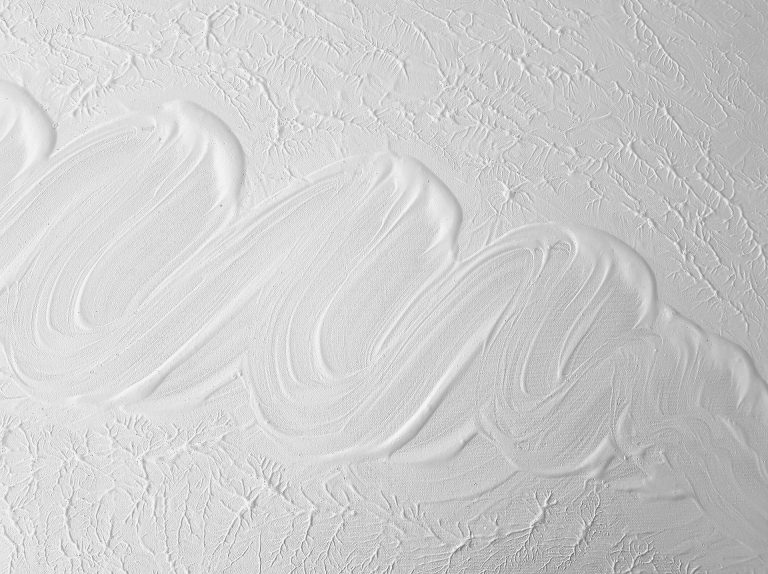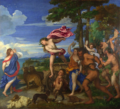For an artist, the color white is a blank space. Traditionally, white paint is a mixer, something to add to real pigments to lighten the hue. But is white a neutral or a base color for artists, or is it the color? These artists of famous white paintings featured below think so.
But before we get to them, let’s take a quick look at the meaning of the color white in art.
The meaning of white in art
In a literal sense, it’s the color of brightness, daylight and illumination. Figuratively, white is used to symbolize purity, chastity, goodness and beauty.
In a practical sense, the color white forms the blanks in pictorial space. It represents the bits that need to be covered. In short, it’s what gives other images form and shape.

But it’s that which has been left out that draws the viewer to the filled-in parts of a composition. Think of Piet Mondrian. His compositions would be less impactful without the white space between his black lines and blocks of yellow, blue, and red. For this reason, white is the most uniform and decisive color in his classic paintings.
Famous white paintings and the artists behind them
Below are a few artists who have skillfully and continually shown the possibilities of white paint.
L.S. Lowry (1887–1976)
Few artists have established such a radical reputation through their use of white as Lowry. The color went on to occupy real primacy in the celebrated Lancashire native’s art. The style stemmed from criticism of his work by art critic Bernard Taylor, who taught Lowry at Salford School of Arts.
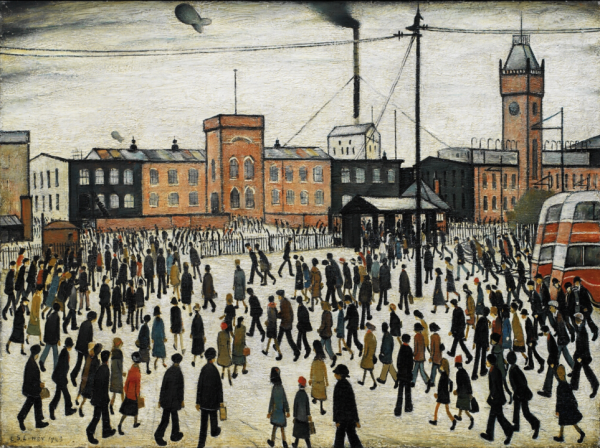
According to Lowry, Taylor objected to what he considered the overly low tone of the artist’s paintings, which served to make depicted figures disappear into the background.
This criticism prompted Lowry to start painting pictures with figures placed against a white background. Through trial and error — and help from his father — he developed his own style using pure flake white. He found that the “dead white” had turned a “beautiful creamy grey-white” over time. Taylor approved of this new path, which duly changed art history. The Salford Museum and Art Gallery holds 400 of his works to explore, many online.
Pierre Adolphe Valette (1876–1942)
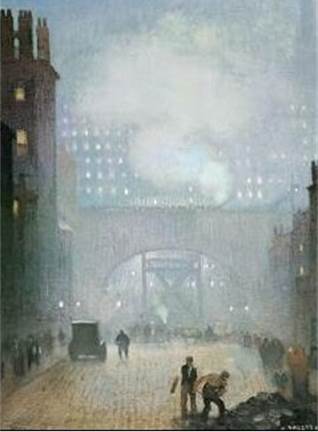
The artistic brilliance of white was not a discovery first made by Lowry — not even within his native north of England. French Impressionist painter Pierre Adolphe Valette was there first, but today he is mostly remembered as Lowry’s tutor.
Valette’s use of white in his depictions of the filtering effects of light on smog-ridden Manchester marks out the painter as one of Lowry’s most obvious forerunners. The Saint-Étienne-born painter’s acclaimed urban landscapes now form part of the collection of Manchester Art Gallery in England.
Famous all-white paintings
Kazimir Malevich (1878–1935)
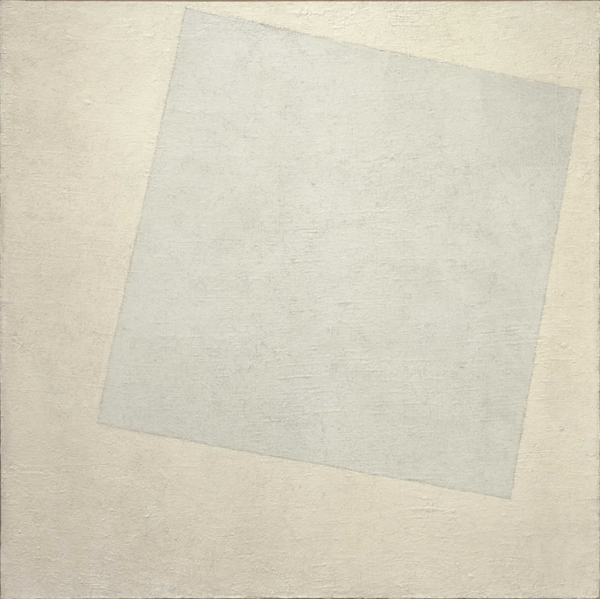
The famed pioneer of geometric abstract art spent the 1917–18 period painting a small number of white-on-white compositions, typically comprising a white square set at an angle on a white background, with the exact tone and texture differing from work to work.
Such pieces follow the 1917 Russian Revolution, and reflect Malevich’s then-interest in white as a symbol of uniformity, equality and purity. Ultimately the devout Christian mystic also used white to indicate what he believed was the “non-objective” future of painting.
Lee Ufan (1936-)
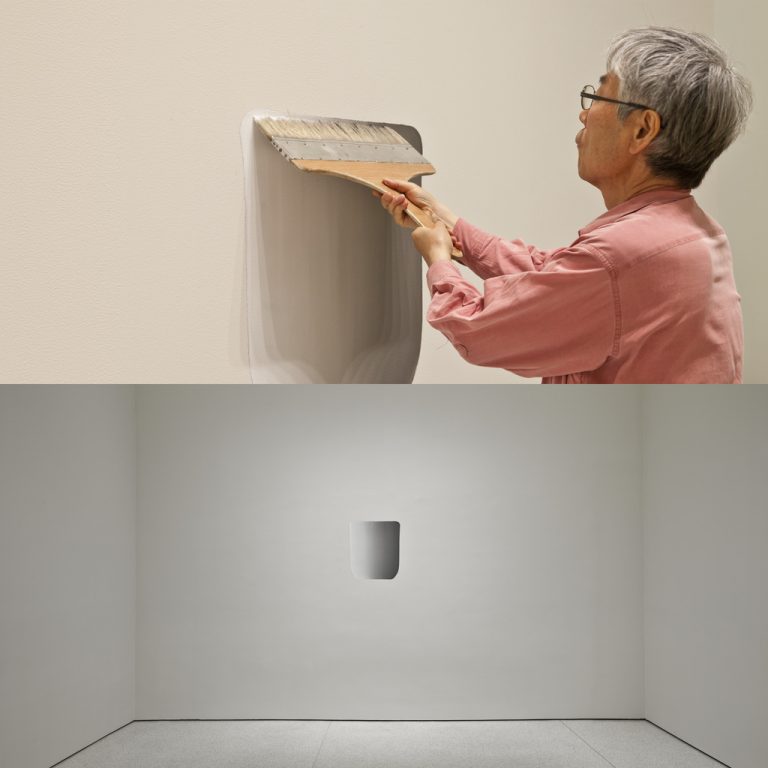
Lee Ufan was born in Haman County in South Korea, but has resided in Japan since the 1950s. This minimalist painter is known for creating his works on flat ground. As a result, his work is reminiscent of other Korean artists’ response to the Korean War, the trauma of which sparked a search for a new sense of calmness and purity.
Such circumstances helped to spark a distinctive Korean Dansaekhwa, or monochrome movement.
Frank Auerbach (1931-)
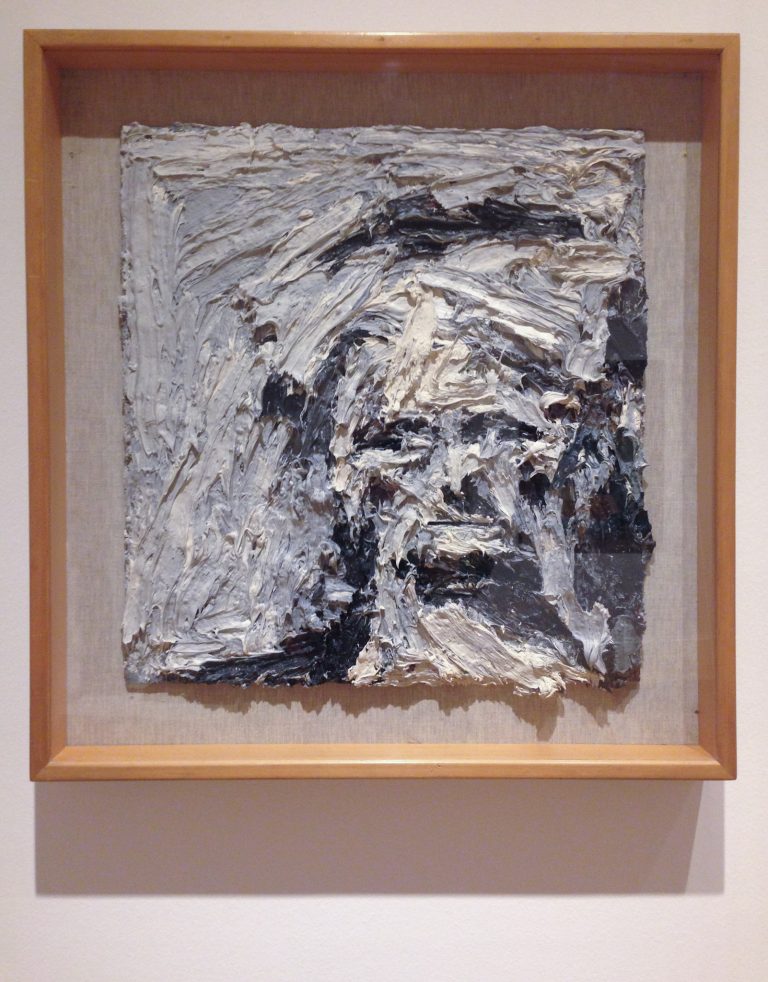
German-British Frank Auerbach is generally associated with the use of a broader palette than is evident in his Head of E.O.W. IV (1961), which is one of a number of portraits using the same sitter.
The artist has spoken of his aim to fix the intensity of life in his paintings before it disappears. Although his work is not strictly abstract, it nonetheless affords ample scope for the viewer’s imagination.
Lucio Fontana (1899–1968)
Lucio Fontana published his White Manifesto in 1947. His Spatialism sought to synthesize color, movement, sound and space. A new form of painting for a new age. He is most famous for his slashed, or “cut” paintings. His white paintings, a canvas cut through with a Stanley knife, open up into an infinite black beyond. The slashes and glimpses of black deftly highlight the whiteness and brilliance of the canvas. They showcase its materiality. That utilitarian thing that painters use to paint now inhabits center stage. Kaboom! Suddenly the wallflower is the prom queen.
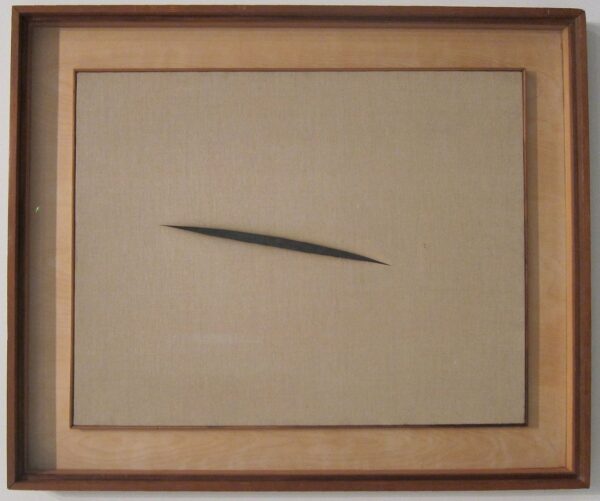
Image by Wmpearl used under Creative Commons CC0 1.0
The cuts on the canvas are vertical and fairly uniform. The entire operation is its own kind of art performance. I wonder how many canvases he had to go through to get it right?
Ad Reinhardt (1913–67)
Ad Reinhardt’s 1950 famous painting Number 107 contains vertical stripes, varying in length and tone of white.
It is a beautiful painting which shimmers up and down the entire canvas. The eye is hypnotized by it, darting back and forth, contemplating, before refocusing and beginning the process all over again.
If you don’t know what [Ad Reinhardt’s] paintings are about you don’t know what painting is about.”
Frank Stella, American painter, sculptor and printmaker
Inspired? Tips and techniques for creating your own white paintings
Creating texture in white paint
Because of its light hue, white oil paint has a lower pigment-to-oil ratio than darker paint colors. This low pigment-to-oil ratio in white oil paint can make it trickier for artists who want to use it as a single color and retain its purity. But there’s an easy trick. Remove some of the oil by squirting some paint onto everyday cardboard and cover it in plastic to prevent a skin from forming. Allow the oil to absorb into the cardboard and it will leave you with a thicker medium that is much easier to work with.
Scumble: the unique talent of white paint
The scumble technique consists of brushing a (usually) lighter color over an existing image. To create the effect, use a paintbrush holding very little thick paint to scrub over darker colors to create a textured and opaque style. Artists like Francis Bacon taught us how to harness the translucent power of white using this technique.
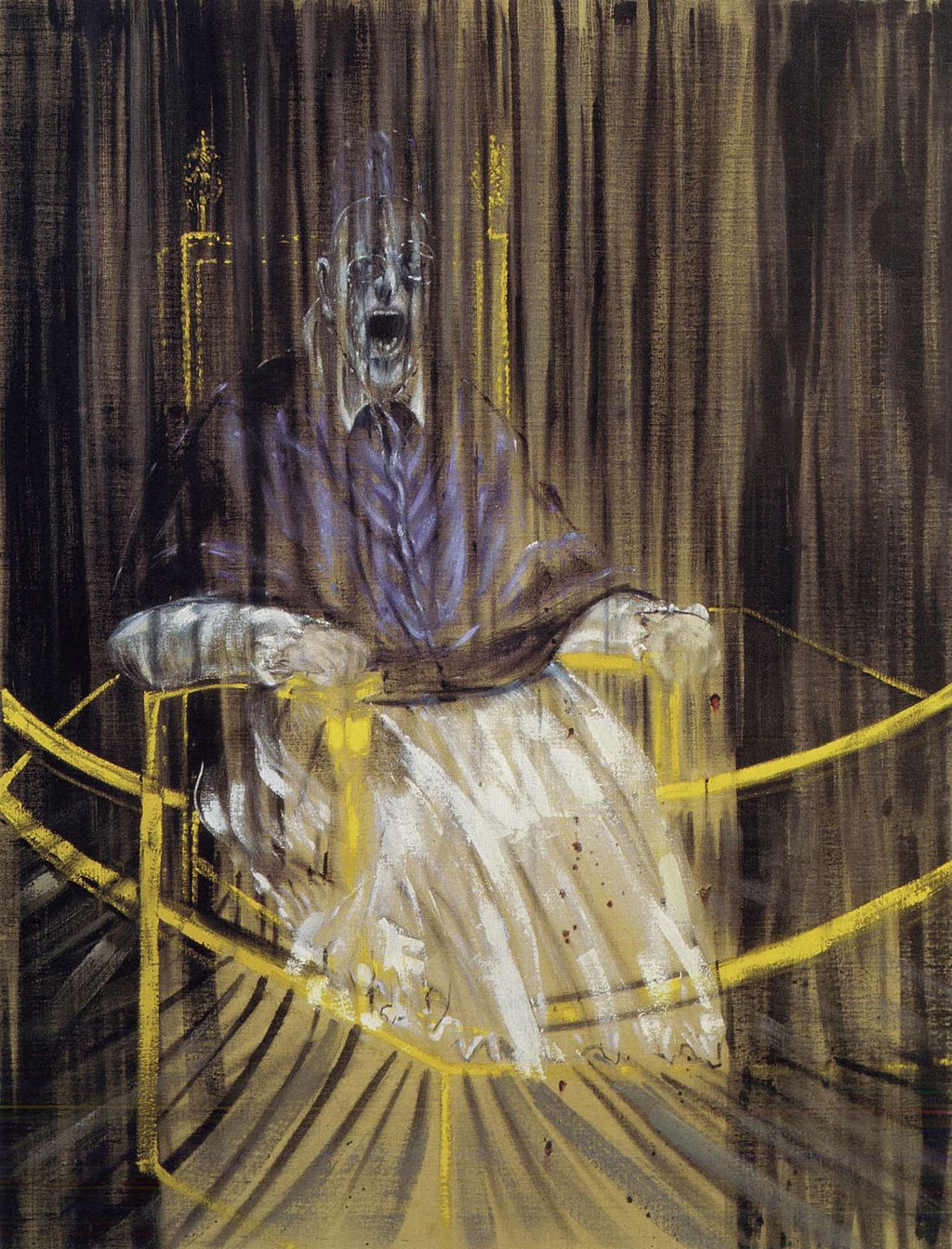
White paint through the ages
The pigment in white paint has been created from various materials over the centuries. In the Paleolithic era, history’s earliest artists used white rocks and clay to create cave paintings more than 35,000 years ago. Since then, the medium has gone through several evolutions.
Toxic lead paint
For centuries, white paint was heavily toxic. Lead, like the arsenic used in yellow pigment, poisoned the unfortunate artists who licked their paint brushes for fine detail. For some artists, this lead to organ failure. Lead paint was also used to prime canvases, so even those who rarely incorporated white into their paintings were still exposed to it.
Metallic whites
Artists today favor zinc and titanium white paints. But if you think that white is simply white, there is a clear difference. Just like all those interior paint commercials that talk about soft whites and clean, cool whites, for an artist, these tones offer stark differences.
Household paints
Abstract Expressionists introduced the joys of household paint to our palettes. Whether from need — these large works would have required prohibitively expensive amounts of traditional artist’s paints — or simply desire, the mono-colored works approached white (and black) in new ways.
More than a blank canvas
These artists shine a light on white as an endlessly captivating and paradoxical color. We routinely consider white as both having color and being colorless, which can serve as inspiration in its own right for the most inventive and inquisitive painters.
White in art is so much more than the clichéd blank page or empty canvas. It is a world of possibilities and one of art’s greatest challenges.
Explore more colors with our blogs on the color yellow in art and the color blue in art

